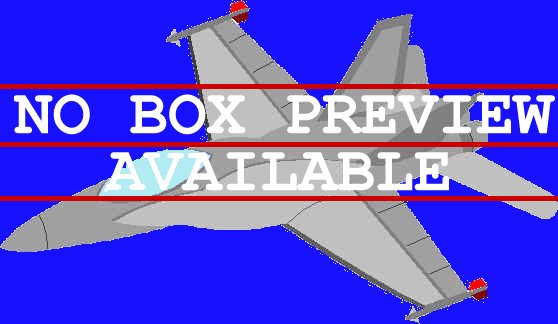
FUJIMI/TESTORS 1:72 F7U-3 CUTLASS

Reviewer: Craig Caldwell (rec.models.scale)
The Vought F7U Cutlass is both a unique and unusual design that was a spin off from American seizure of German WW2 technology. Vought were interested in using Arado research into tailess aircraft and without a conventional tail. The Cutlass was the first US Navy warplane capable of exceeding Mach 1 in level flight and also pioneered reheated turbojets and automatic stabilization systems. The F7U-3 version was the main production model with 162 examples built.Still floating around in some model shops (if you are lucky of course) this Fujimi late 80's tooling is quite a good kit overall. It has also been reboxed under the Testors name with new decals. Inside the box is about 65 hard light grey injection molded parts with finely recessed panel lines and also there are two clear parts. One of the sprues is a slightly different shade of grey to the rest, signifying that this is the base sprue from which various versions are spawned in seperate releases. This kit covers the F7U-3 subject.
Construction begins with the cockpit and you are provided with a two-piece seat, control stick and instrument panel with raised detail. Main canopy and windscreen form up the two-piece canopy set allowing you to display open or closed, nice and clear with very little distortion. I gave the interior a medium grey wash with black consoles and added in some sidewall detail myself using stretched sprue and plasticard.
The main fuselage halves behind the cockpit are split horizontally and include main wings, there is also a sub-assembly to be done featuring the intake trunk and exhaust components. The forward fuselage and cockpit unit is split vertically and will require some nose weight to keep the aircraft on the ground - so to speak. Fit of all these components was relatively straight forward with only some difficulty and attention required around placing the sub assemblies within the fuselage halves and joining the main fuselage with forward unit. The only downside is the noticeable size difference between main and forward fuselage joins and this will require sanding down. A slight amount of filling and sanding was called upon for optimum finish.
Separate slats and flaps are provided for the wings and thus can be positioned upon affixing to the aircraft. The vertical fins are both two-piece but attach well to the upper wing surface, requiring small amounts of filler at the join. The nicely rendered arrestor hook must also be attached separately and allows you to detail this before placing on the aircraft, the V-frame structure indicative of the era's arrestor hook profiles. Wheel well detail is okay with a little bit of plumbing provided. The undercarriage is nicely done also, although some imperfection mold marks are easily spotted on the main wheel struts. The main undercarriage is realtively easy to affix but the nosewheel is a little more difficult and requires a bit of patience. Two underwing drop tanks are the only stores options provided in the kit.
Four US Navy types are covered by the kit. Three aircraft are in overall natural metal finishes. They are VF-124 from USS Hancock, VC-3 NAS Moffett Field, CA and VX-3 from NAOTS, Chincoteague, VA. The fourth is another VF-124 example with light grey and white camouflage. Decals go on quite well with some setting solution, I used DecalFix and only had a few conformity problems against the panel lines.
Overall this is not a bad kit and goes together quite well with the exception of the interior detail noted above needing some work. Probably recommended only to intermediate modellers and up given this but well worth the purchase and it's existence in your modelling cabinet against the 50's US Navy Cats (Cougar, Panther, Tiger etc!)
Back to home
Kit Review Index: 1/72
1/48
Photo Credit: Unknown
Three F7U-3 examples in flight, showing their unusual profile